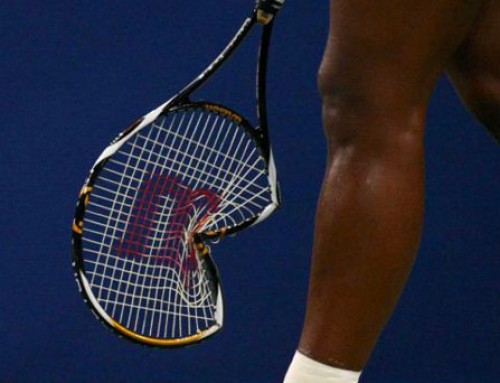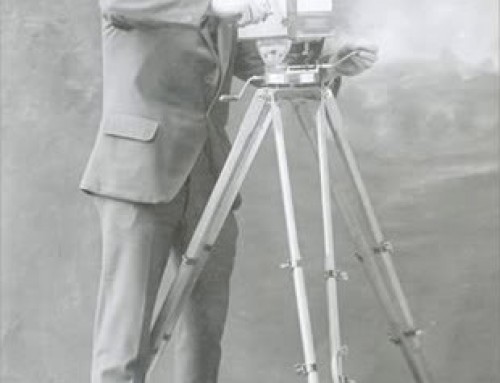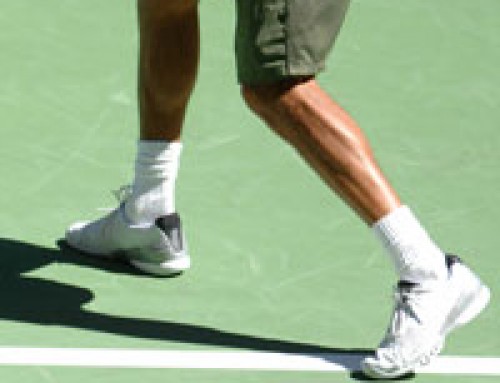 So often I see and hear tennis instruction that just doesn’t make any sense. Recreational players can latch onto this poor information without knowing the difference and I think it’s really a shame. Below is a post on the ET forums from a new member, he gives a perfect example of what I’m talking about and then I answer his question!
So often I see and hear tennis instruction that just doesn’t make any sense. Recreational players can latch onto this poor information without knowing the difference and I think it’s really a shame. Below is a post on the ET forums from a new member, he gives a perfect example of what I’m talking about and then I answer his question!
The “Mogul Move”
“The other day I was exploring one tennis website and came across the explanation of Mogul move:
“Contact Move: The body becomes elevated after the hit where the hips shift powerfully sideways and both feet turn and finish pointing in the direction of the target. Again, weight moves sideways after contact and spinning or rotating the hips will cause the ball to be dumped into the net. Hit off a moving unstable stance, the secret to the Mogul Move is staying down throughout the shot instead of jumping or lifting on contact. ”
So how to do it? Only hips should move sideways but the weight should not?
This move is mostly used for a wide forehand, which is a headache for me. I’d really like to master it. In my practice, more often than not, I either dump the ball into net or hit the ball very long. Can someone explain to me why weight moving sideways and rotating hips will cause the ball to be dumped into the net?”
Response From Ian
“You’re describing things that I often read online, things that just don’t make any sense. I think you’re asking a really good question: why will moving your weight sideways while rotating your hips cause the ball to go into the net? This is a perfect example of somebody online trying to teach something pretty advanced to recreational players, and claiming that it will fix a problem that is much, much more fundamental in nature.
Any groundstroke will only really hit the net for one of three reasons:
1. The racket face is too closed at contact, the strings are facing down towards the court.
2. The racket didn’t lift the ball enough, it didn’t start low enough before contact, or didn’t finish high enough after contact. The swing was too straight, or maybe even downwards.
3. The ball hit off the frame, poor contact, it didn’t travel as it should have.
That’s it. Put me in any position on the court, with my feet in any stance, my momentum traveling any direction, my hips turning either direction, using any grip, and I can make the shot. Period. Now, any of those things may cause good technique to become more difficult, and can INDIRECTLY cause you to miss a shot by throwing you into poor mechanics, but which direction your hips are turning, and which direction your weight is moving has nothing to do with the direction that the ball travels.
Is the footwork described a good thing, can it improve your game and be beneficial? Yes, absolutely, I’m not knocking the idea of the mogul move, or saying that it’s wrong. All I’m saying here is that you should be careful what results you’re expecting to get out of instruction like this, and saying that doing a mogul move correctly or incorrectly will either cause you to make or miss forehands is just plain wrong.”
Next time you read tennis instruction online simply ask yourself “does this make sense?”. If you can’t answer “yes” then leave it alone, the vast majority of differences between different levels of tennis players are the basic, fundamental parts of the game. Anything more complicated than that shouldn’t be paid attention to most of the time.







